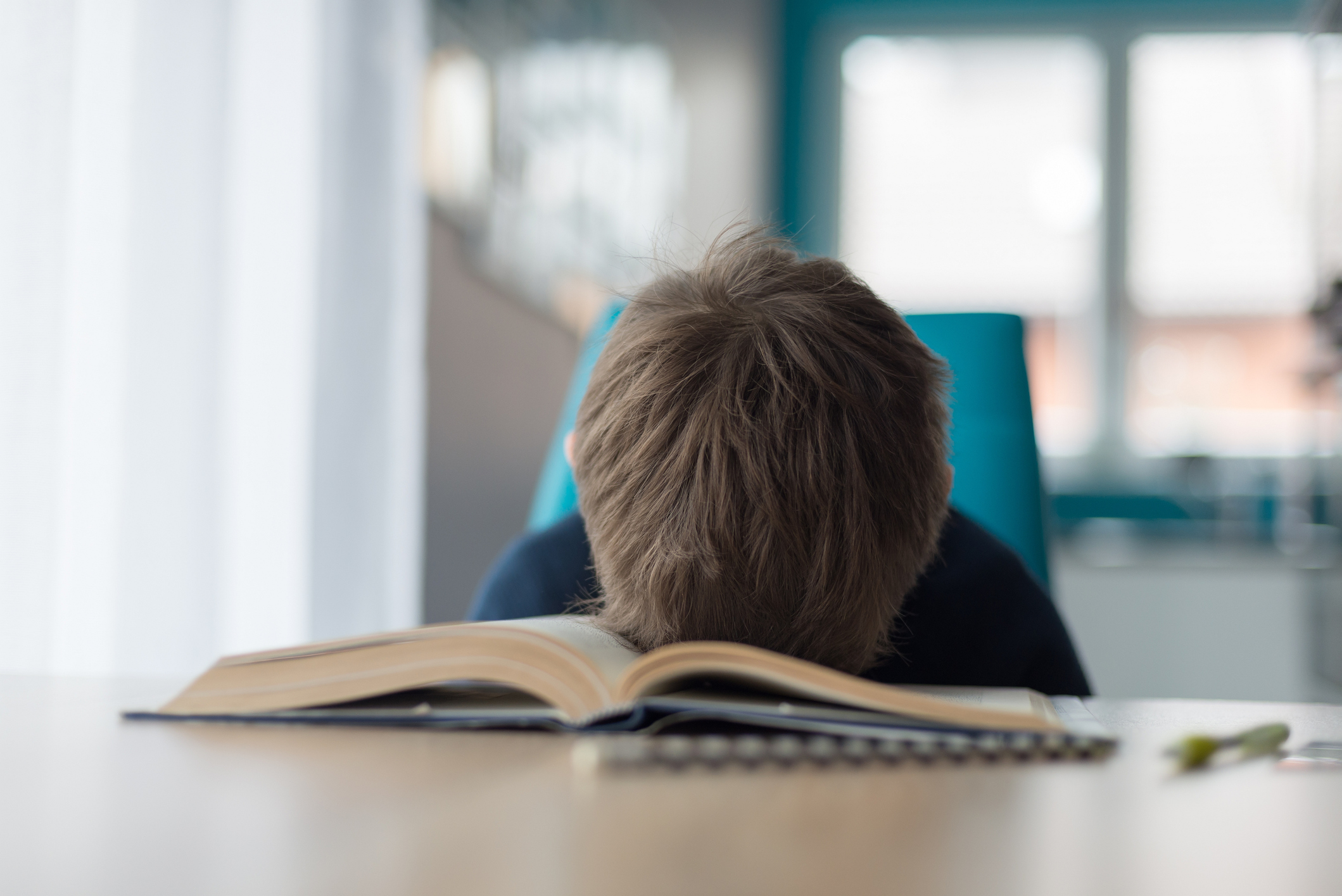After many years of researching dyslexia and other learning disabilities, I became aware of several different types of dyslexia, each linked to specific challenges in motor, auditory, and visual functions. Although there are seven subcategories in total, the main three types are the focus of our discussion today. These primary types form the basis from which the other four, more composite types of dyslexia derive. Let’s explore these main types to understand the distinct difficulties they present.
Dysphonesia
The first type of dyslexia I want to discuss is called Dysphonesia, which is primarily associated with auditory processing challenges. Individuals with this type of dyslexia may struggle with distinguishing between similar sounds, managing ambient noise, and decoding phonetic (sounding out) spelling. They might also miss subtle social cues, and exhibit sensitivity to loud noises or busy auditory environments. People with Dysphonesia often do much better in quiet classrooms as they are able to interpret what is being taught much clearer. To compensate, people with this type of dyslexia will often rely on their sight and memorization to read, and they may skip or replace unfamiliar words with ones they recognize.
Dyseidesia
The second type of dyslexia I want to discuss today is called Dyseidesia, which is focused on someone’s visual struggles. This most prevalent type of dyslexia involves challenges in connecting written words to their corresponding sounds. People with this type of dyslexia struggle with phonetic (spelling out) words, which can result in longer reading times and errors. For example, a new or irregular word such as “laugh” might be sounded out phonetically as “log” and “read” might be spelled as “rede.” Dyseidesia is also known as surface dyslexia or visual dyslexia.
Dysnemkinesia
The last of the main types of dyslexia is called Dysnemkinesia. This type of dyslexia is associated with the motor skills required for writing. It is linked to activity in the frontal lobe of the brain, typically involving the left hemisphere for right-handed individuals and the right hemisphere for left-handed individuals. Challenges associated with Dysnemkinesia include difficulties with fine motor skills, leading to issues such as ‘letter reversals’, where letters, for instance, ‘b’ and ‘d’, are commonly confused and written backwards. It can also apply to a person writing numbers in reverse. Although less common than other types of dyslexia, it is synonymous to Dysgraphia, which pertains to difficulty with writing, and Dyspraxia—difficulty with motor skills. To learn more about Dysgraphia, click here.
Dyslexic Strategies
In addition to the three primary types of dyslexia discussed, there are four other subtypes of dyslexia, but seeing as they are all combinations of the types of dyslexia we have discussed already I will elaborate on them some other day. Each of these subtypes of dyslexia present unique challenges that require special types of intervention. We offer a selection of easy exercises your child should be doing. These easy exercises take just 15 to 30 minutes each day and will help integrate the areas of the brain that are linked to these types of dyslexia. To learn more, visit our sister site Dyslexic Strategies.

